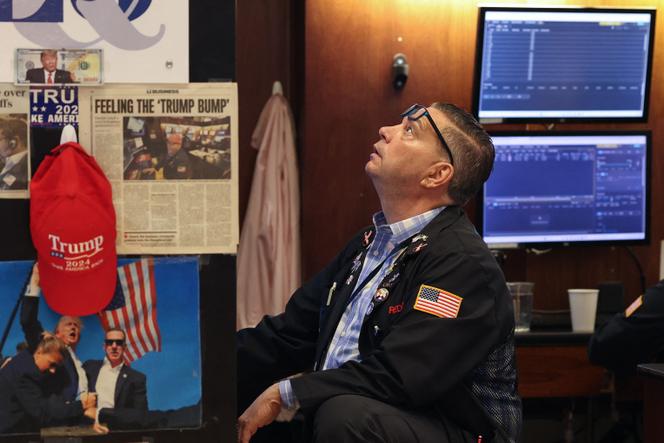


The American economy has become like a patient whose health data is contradictory, to say the least. Six months after President Donald Trump launched a trade war, most of the macroeconomic indicators analysts rely on have shown clear signs of fragility, directly linked to the White House's policies. That has led the Federal Reserve to cut its key interest rates on Wednesday, September 17.
At the same time, the sharp backlash that had been predicted never truly materialized. Wall Street broke all its records again on Monday, September 22, and investors view the explosion of artificial intelligence (AI) – especially with Monday's announcement of a $100 billion investment by Nvidia in OpenAI – as a historic opportunity.
Is a gap opening up between a "traditional" economy lagging under the weight of tariffs and a "modern" economy shattering speed records, supercharged by the promise of technological revolution? Economists have remained cautious, but one thing is certain: Negative signs are piling up for the former argument.
Inflation seems to be back for good, running at an annual rate of about 3%. "The vast majority of economists thought the trade war would come at a cost for the US economy, but some observers were tempted to suggest there could be a paradigm shift, that the tariffs would be absorbed," explained Gilles Moëc, chief economist at the insurer AXA. "The first demonstration, which is underway and important, is that inflation has picked up again and quite broadly; that is indisputable."
You have 73.96% of this article left to read. The rest is for subscribers only.
